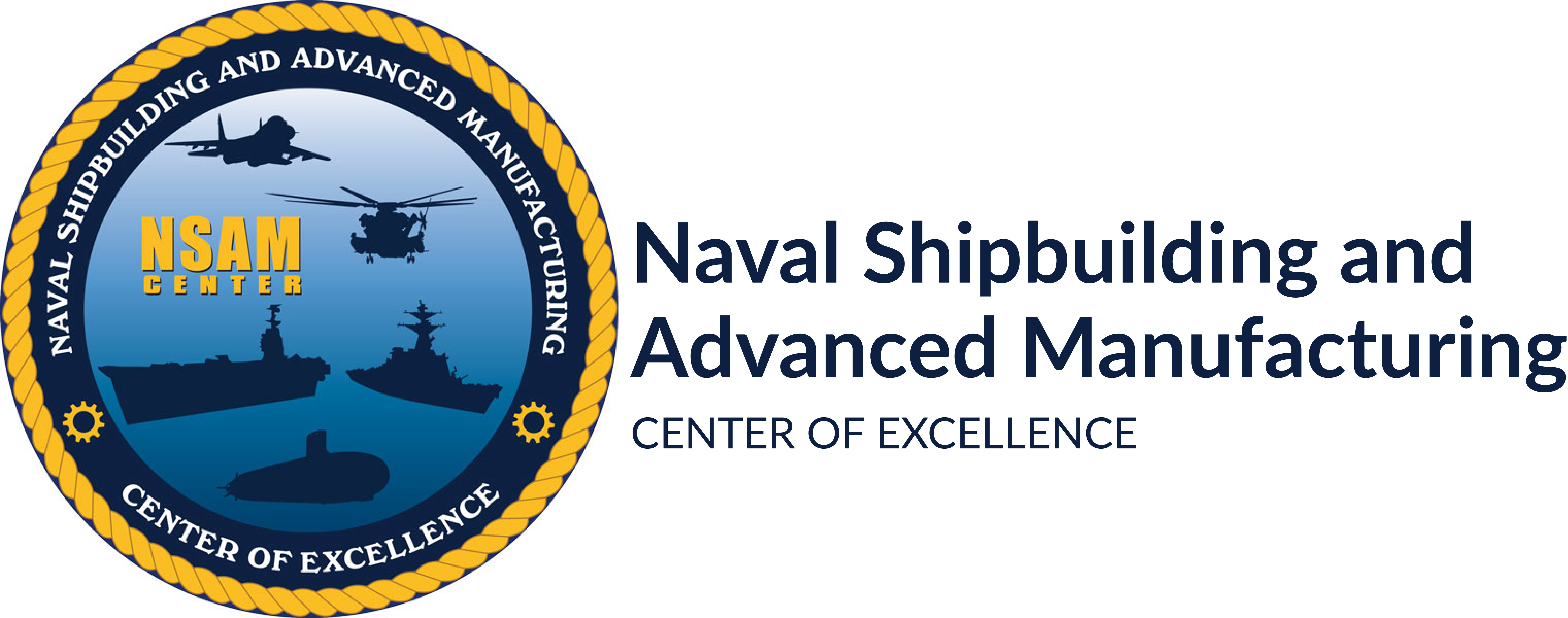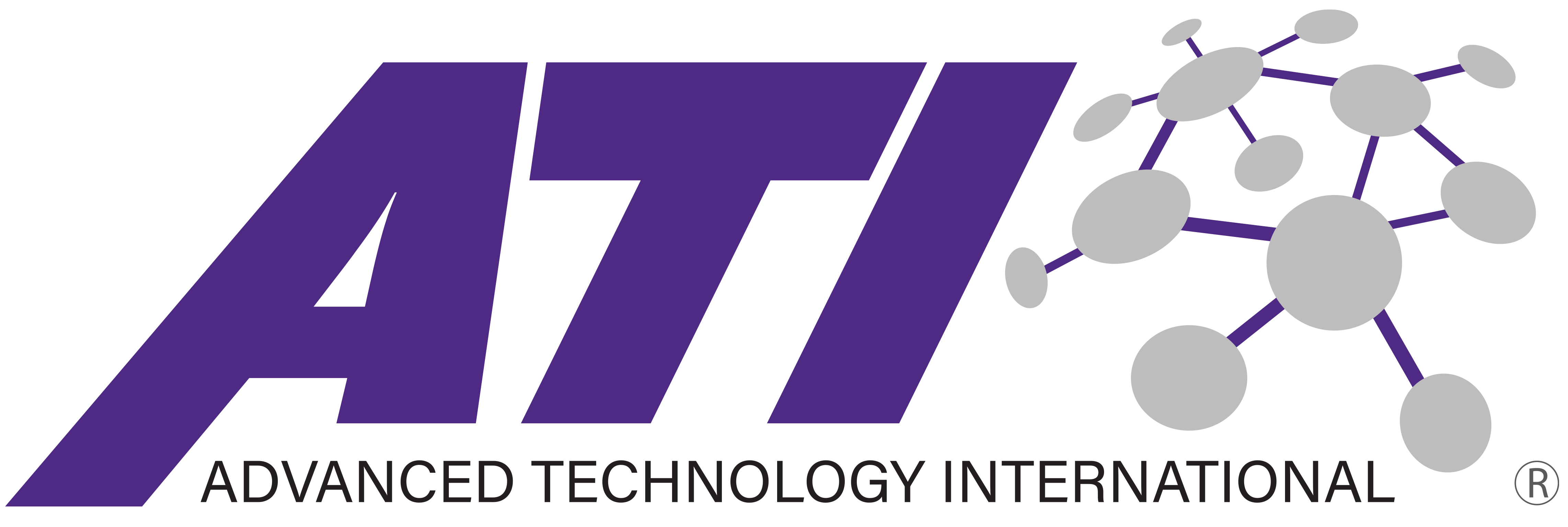Project Participants: Huntington Ingalls Industries, Inc.
Project Start: July 2014
Pipe details (PD) are assembled in the Pipe Shop. The duration the pipe detail spends in the Pipe Shop varies from a few days to a few weeks. Currently there is low visibility of the completion status associated to the pipe detail while it is in the shop. When the shop foreman commences work on one pipe detail listed on the bill, the status of all pipe details becomes “committed”. This delivers an inaccurate view of the completion status for the individual members of the set of pipe details listed on a bill. Shop foremen spend multiple hours per week manually tracking and generating reports for pipe details committed and completed. The foreman also manually records man-hours per employee per pipe detail per shift. This requires significant supervisory time and produces imprecise data. Supervisory time spent in record keeping reduces the amount of time that can be spent offering technical assistance and guidance to the shop workers.
The Work Flow Tracking project will improve current processes and equipment Ingalls uses to track and status pipe detail fabrication during shop construction. The project will focus on the Pipe Shop production area and will automate the status and tracking activity for each pipe detail on a work bill. An automated process will be developed to run on handheld computers that will be located at or near each work station in the pipe shop. A bar code sticker will be affixed to each pipe detail when work is first commenced. The handheld computer application will be used to scan the bar code on the pipe detail. The capability to gather status, completion, and labor information for the pipe detail will be enabled through the use of the handheld computer and tracking application, with no additional steps required of the shop worker than those listed above.
The project will be conducted over 12 months at Huntington Ingalls Industries, Inc. (HII-Ingalls) and consists of five tasks; Developing a Process Map, Requirements and Functional Systems Design, Automated System Development, Pilot Testing and Final Reporting. The implementation of this automated process that captures actual time expenditure for 100% of all Pipe Details and process steps will provide data to validate or improve the established metrics. This will improve the cost estimating ability for future naval ships. This technology, once implemented, could improve reporting capabilities for overall throughput of the Pipe Shop, increase the throughput of Pipe Details by 4% and improve visibility of Pipe Detail Status for planning purposes, equating to an estimated $1.1M annual savings.



